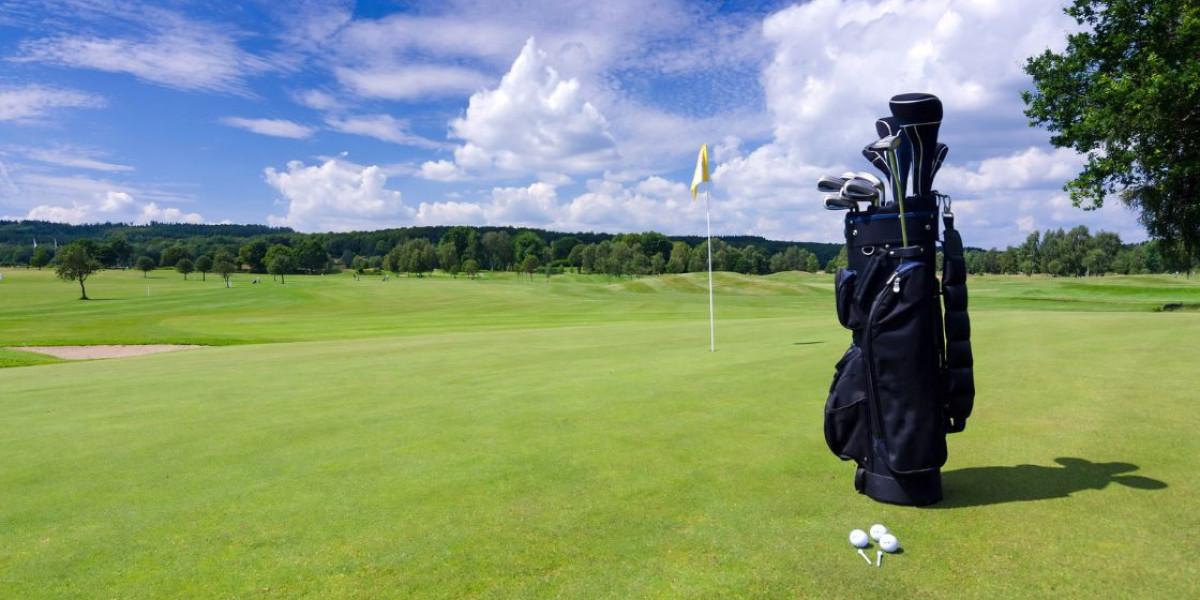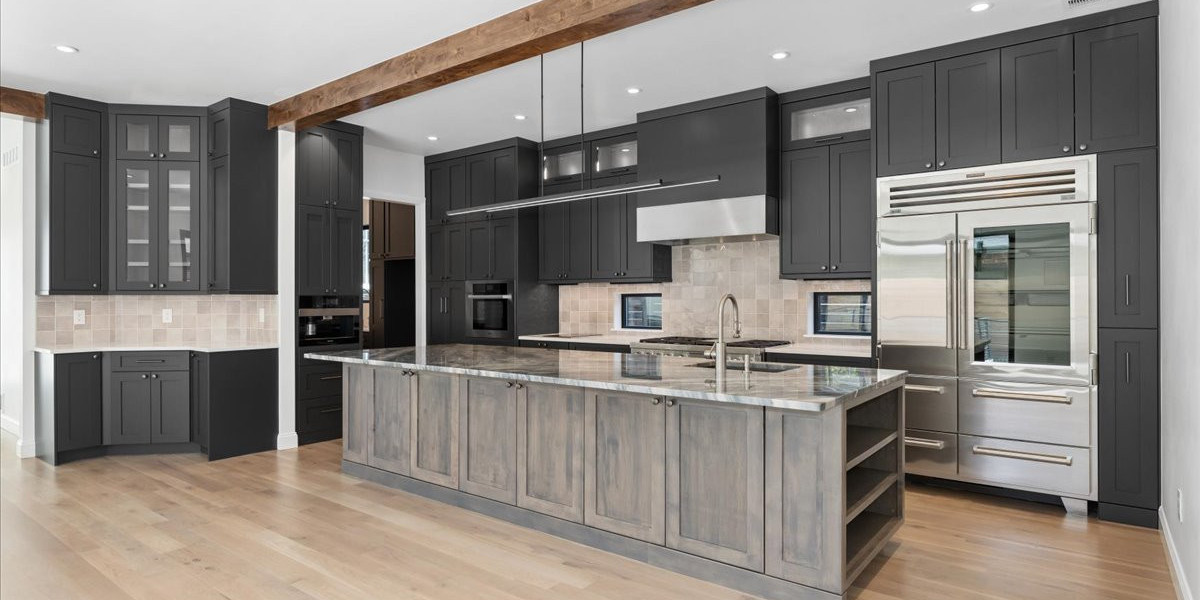Golf in Britain asks a lot from a bag. We play in all seasons. We swap between links and parkland. Many of us walk with a carry set up one week and use a trolley the next. The right bag keeps pace with every round. It protects your clubs. It makes life easier between shots. It should also match the way you move around the course.
In this guide I share what I look for when I evaluate bags for everyday players. I focus on layout, dividers, build quality, and real world usability in UK conditions. Keep it simple. Pick the bag that fits your habits first, then refine the features.
Step one. How you get around the course
- You walk most rounds with all clubs. A stand bag is the easy choice. You want stable legs, a comfy two strap carry, and a firm hip pad. Check how the base sits on a trolley in case you mix things up now and then.
- You use a push or electric trolley most weeks. A cart bag will make life smoother. The top should not rotate. Front facing pockets give you access without leaving the handle. A cart strap pass through is a big plus.
- You split time between walking and a trolley. A hybrid bag gives you the middle ground. Look for strong legs and a base that locks in place on a trolley. Weight and balance matter more here than on any other type.
- You play short loops or winter carry only. A pencil or Sunday bag keeps things light. This style suits nine holes after work, junior golf, and frosty mornings when trolleys stay in the car.
- You ride in a buggy or want tour style storage. A staff bag brings space and show. It is heavy, so think about where you will store it and how often you will lift it.
Divider layout. The top tells the truth
The top cuff is the part you touch the most. It decides how easy club changes feel. Here is how to choose it well.
- Decide between a 14 way top and a 4 to 6 way top. A 14 way top gives each club a home. It is neat and keeps shafts from rubbing. A 4, 5, or 6 way top is faster for players who pull two clubs at once. It also saves a little weight.
- Ask for full length dividers. They stop grips from snagging in the middle of the bag. Long grips and midsize builds benefit here.
- Look for a putter well. A putter well with a wide sleeve suits thicker putter grips. It also keeps the putter head safe when you load the bag on a trolley.
- Check the handle set. A moulded front handle and a spine handle at the back help with car boots, club storage, and trolley loading.
Pocket plan for UK weather
Storage is about smart access. Parkland golf asks for easy reach to balls and tees on the front face. A links day asks for quick access to an extra layer and a beanie without unpacking half the bag. I like to see the following.
- A large apparel pocket that will take a full rain suit and a mid layer.
- A lined valuables pocket that stays dry. Fleece lining keeps screens safe. A clip for keys is a small thing that saves time.
- An easy to reach ball pocket with a small organiser for tees and markers.
- An insulated drinks sleeve. Warm tea in winter or a chilled bottle in summer makes a round better.
- A rangefinder or GPS pocket near the top. Front facing if you use a trolley.
- An umbrella sleeve and a firm loop for a towel. Both should be easy to use with winter gloves.
Weight and comfort
If you carry often, keep the empty weight of the bag in mind. Shaving half a kilo feels huge by the fifteenth hole. Try the straps with weight in the bag. A true two strap harness that self adjusts spreads the load over both shoulders. A breathable back panel and a well placed hip pad also reduce hot spots on long walks.
If you mainly use a trolley you can accept a little extra weight for a stronger body and more pockets. The gain shows up in stability and storage, not just numbers on a scale.
Weather protection that works
A rain hood is only the start. Look for sealed seams and water resistant zips on the key pockets. A stiffened top cuff sheds water rather than pooling it near the grips. Some cart bags use coated fabrics that stay light even when wet. On stand bags, check how the legs tuck in. A clean leg mechanism stops spray from reaching the main pocket through the hinge area.
Trolley and electric caddy friendly details
If you play with a push or electric trolley, the base and the strap path decide how secure your bag feels. A base with a locking channel stops twist on rough paths. A strap pass through lets you reach every pocket without removing the strap. Some trolleys use a pin or magnet system that connects to matching bases on certain cart bags. If you own one of those trolleys, choose a bag that mates cleanly with it. Your bag will stay straight all round and you will not fight a moving strap.
Build quality. What I inspect as a former tour van tech
I always start with the stand. Open and close it ten times. It should snap out and tuck in with the same feel each time. The feet should have good grip on wet tarmac and short grass. Hinges should not flex or creak.
Now check the body. Press the side panels. They should resist collapse when the pockets are full. Run your hand along the seams. Even stitching, clean tape inside, and no loose thread ends are a good sign. Zip pulls should be easy to grab with a glove on. YKK hardware is a safe bet. Lifts and handles should feel rigid. A soft touch top that does not mark shafts is a nice bonus on premium models.
Finally look at the strap hardware. The plastic should not whiten when you twist it. The ladder locks that set strap length should not slip when you tug on them. If the bag has a cart strap sleeve, feed a strap through and test pocket access before you buy.
Fit the bag to the course you play
Links golf often means wind, rain, and long walks on firm turf. A stable stand bag or a light hybrid bag is perfect if you carry. If you use a trolley, a full size cart bag stands up well to exposed conditions and gives you room for layers. Parkland golf puts more value on pocket layout and ease of access while the bag sits on a trolley. A front facing pocket plan will shine here.
Winter golf also changes the brief. Courses restrict trolleys more often. A simple carry bag means you can still play and enjoy it. In summer you may prefer a cart bag for extra storage during medal rounds and society days.
A quick checklist before you buy
- Be honest about how you move around the course. Let that pick your bag type.
- Choose the divider top you like to use. Try a 14 way top next to a 5 way top and see which feels natural.
- Load the pockets with a rain suit, balls, drinks, and your tech. Then check access on a trolley.
- Test the straps with real weight. Walk a few minutes in the shop if you can.
- Check the leg action, seams, and zips with a close eye. Build quality is not a luxury. It is the bit that keeps the bag useful for years.
One last word on premium builds
If you want a bag that combines luxury feel with tour proven function, look at premium lines that have come to the UK in recent seasons. Brands in this tier focus on materials, divider design, and small touches that add up over time. For a deeper look at what that means for British golfers, see Vessel golf bags. Use that story as a marker for what a high grade build can offer.
Final thought
The right bag should fade into the background while you play. Every pocket has a clear job. Every divider helps you pull and replace a club without fuss. The base stays steady on a trolley. The straps carry the load when you walk. Pick a type that fits your game. Then back your choice with strong build, smart layout, and weather ready details. Do that and your bag becomes a quiet advantage every time you tee it up.








